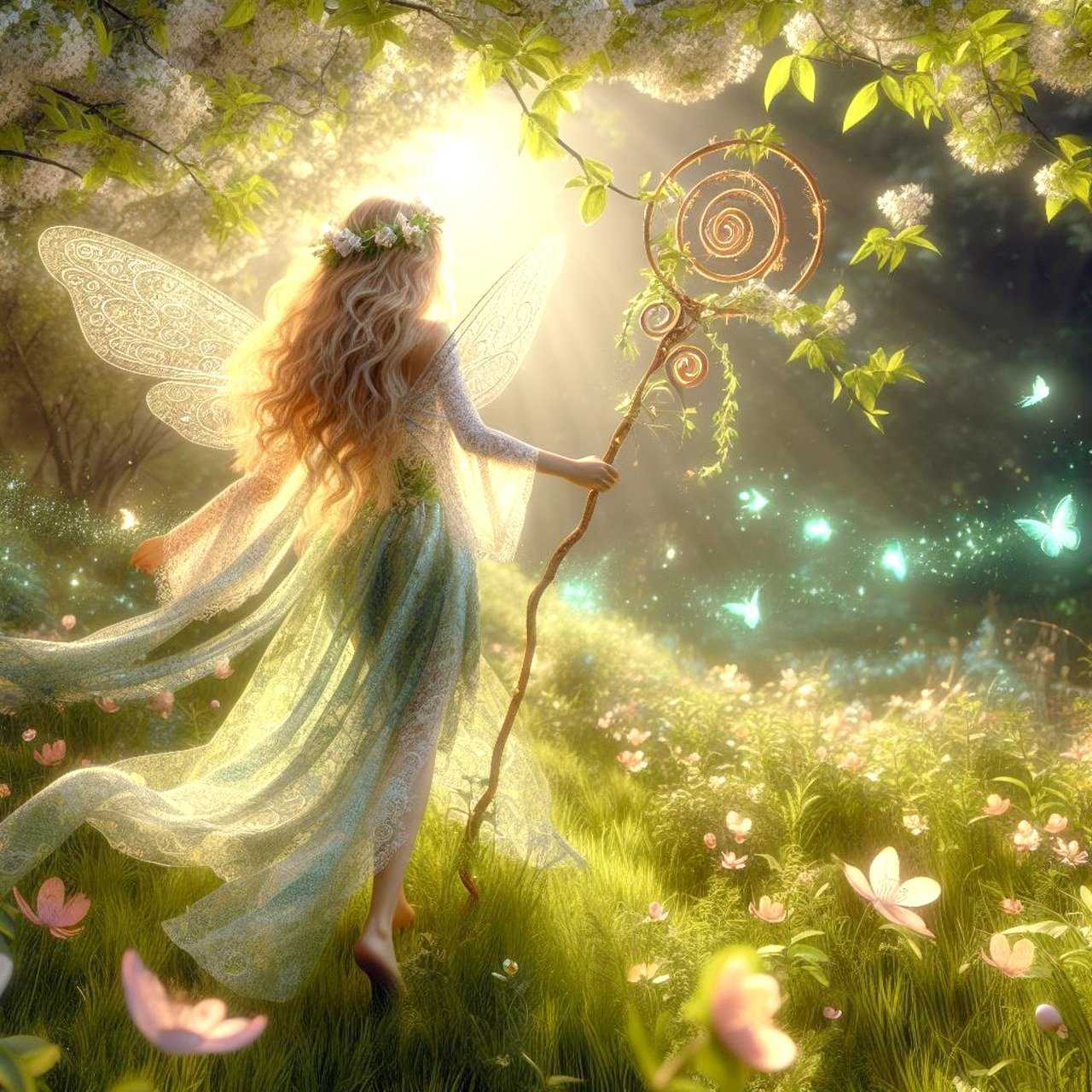Fractal bloom
The boylecheloid flower is a rare and captivating botanical wonder that has recently captured the attention of botanists and enthusiasts alike. Its intricate fractal patterns and vibrant hues have sparked curiosity and awe across the scientific community. In this section, we will delve into the fascinating world of the boylecheloid flower, exploring its unique characteristics and the secrets that lie within its petals.
Unveiling the Mystery
The boylecheloid flower, with its mesmerizing geometric patterns and vivid colors, stands out as a marvel of nature. From its intricate spirals to its delicate hues of blue and gold, each petal tells a story of beauty and complexity. While its origins are shrouded in mystery, botanists believe that the boylecheloid flower may hold the key to unlocking the secrets of fractal geometry in nature.
A Botanical Enigma
The boylecheloid flower’s fractal structure is a testament to the wonders of natural geometry. Each petal is a miniature replica of the whole, creating a mesmerizing display of selfsimilarity and infinite complexity. As scientists study the boylecheloid flower in greater detail, they hope to uncover the underlying principles that govern its growth and formation.
Evolutionary Marvel
The evolution of the boylecheloid flower is a testament to the adaptability and resilience of nature. Through millions of years of evolution, this extraordinary plant has developed a unique strategy for survival, harnessing the power of fractal geometry to optimize its growth and reproduction. As we continue to unravel the mysteries of the boylecheloid flower, we gain valuable insights into the intricate dance between form and function in the natural world.
Cultivating Wonder
The allure of the boylecheloid flower extends far beyond its beauty and complexity. For botanists, it represents a treasure trove of scientific discovery and potential applications in various fields. By studying the boylecheloid flower, researchers hope to gain new insights into fractal geometry, botanical evolution, and the fundamental principles of life itself. As we marvel at the beauty of the boylecheloid flower, we also uncover the boundless possibilities that lie within its petals.
Embracing the Unknown
In a world filled with mysteries and wonders, the boylecheloid flower stands out as a testament to the endless possibilities of nature. Its enigmatic beauty and intricate design remind us of the limitless potential that lies within the natural world. As we explore the secrets of the boylecheloid flower, we embark on a journey of discovery and wonder, unravelling the mysteries of the universe one petal at a time.
In conclusion, the boylecheloid flower serves as a beacon of hope and inspiration, reminding us of the beauty and complexity that surrounds us. Its fractal bloom captures the essence of nature’s creativity and ingenuity, inviting us to marvel at the wonders of the natural world. As we continue to study and appreciate the boylecheloid flower, we uncover a profound connection to the world around us, reminding us of the intricate tapestry of life that binds us all together.



